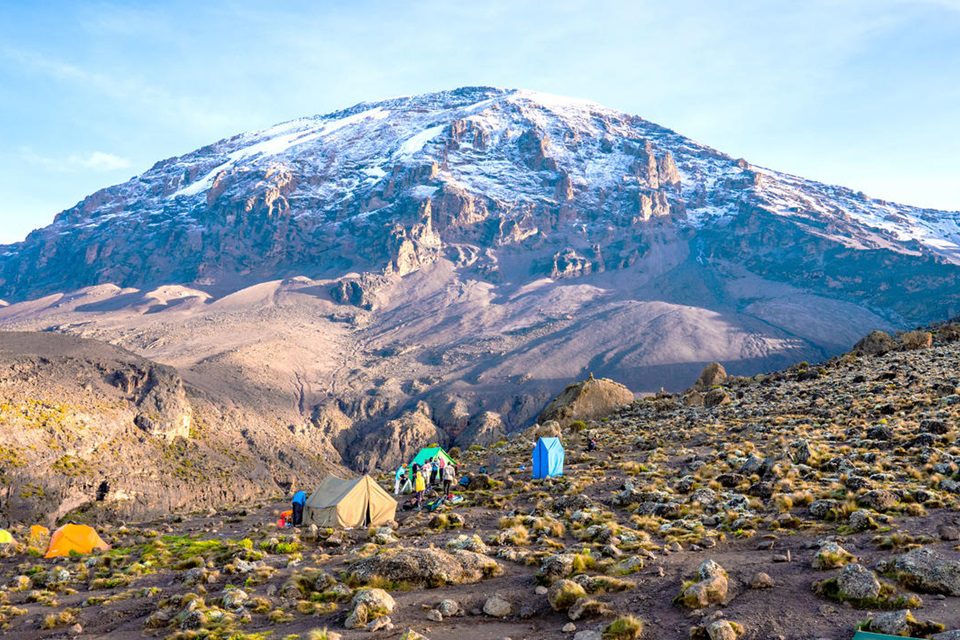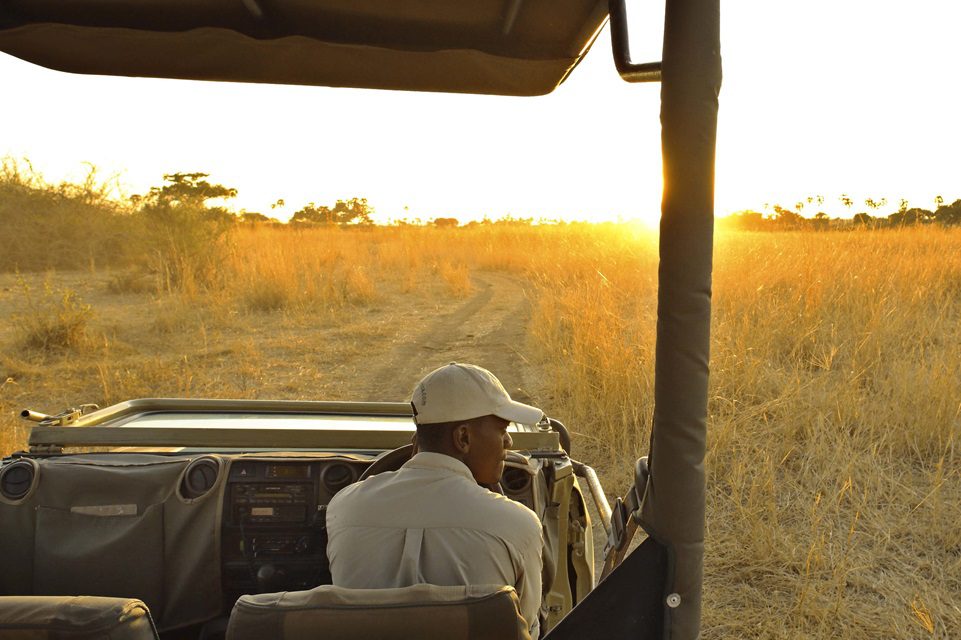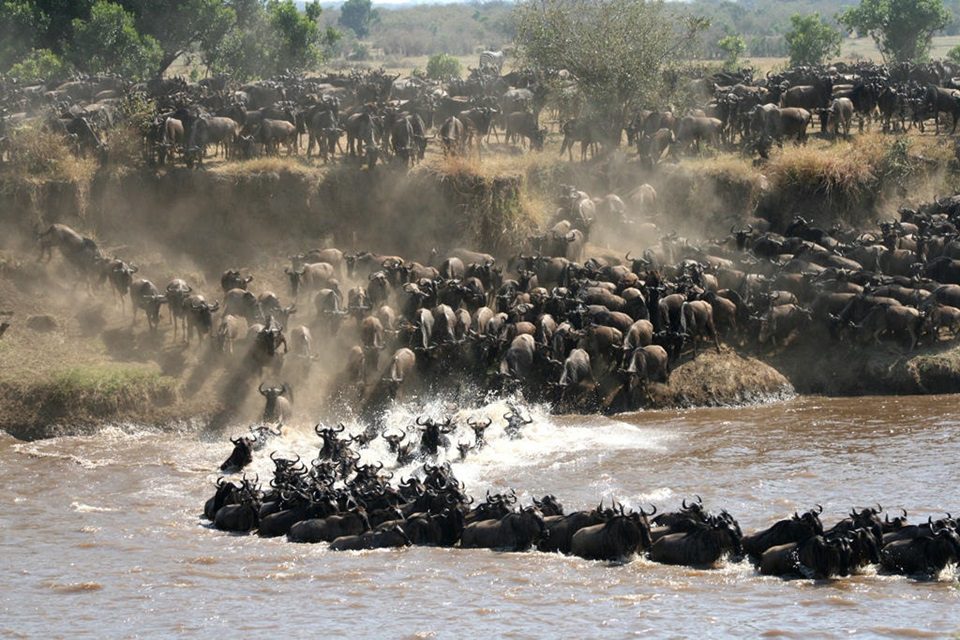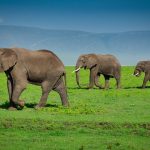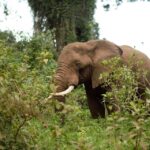Trekking to high altitudes is an adventure like no other. Reaching the summit of Mount Kilimanjaro or crossing the rugged ridgelines of the Himalayas leaves trekkers with a deep sense of accomplishment. But before reaching those iconic peaks, it’s essential to understand one of the most common challenges faced by hikers at altitude: mountain sickness. Also known as altitude sickness, this condition can affect anyone and often strikes unexpectedly. Whether you’re a first-time climber or a seasoned adventurer, understanding the causes, symptoms, and prevention methods of altitude sickness is key to staying safe and enjoying your journey.
What Is Mountain Sickness?
Mountain sickness, or Acute Mountain Sickness (AMS), occurs when the body cannot adapt quickly enough to the reduced oxygen levels at high altitudes. As you ascend, atmospheric pressure decreases, and with it, the amount of oxygen available per breath. Your body needs time to adjust to these changes. When ascent is too rapid or rest breaks are insufficient, AMS can occur. This is why well-structured trekking plans are crucial for safety and success.
Most symptoms of AMS begin within 6 to 24 hours of gaining altitude, typically above 2,500 meters (8,200 feet). These early warning signs signal that the body is struggling to cope with the change in oxygen levels.
Recognizing the Signs and Symptoms
The earliest and most common symptom is a persistent headache that doesn’t go away with normal painkillers. This is often accompanied by nausea, a feeling of dizziness or lightheadedness, fatigue, a noticeable decrease in appetite, shortness of breath during light exertion, and trouble sleeping. At this stage, the symptoms are uncomfortable but usually manageable with rest and proper acclimatization.
However, if ignored, mild AMS can progress into much more serious and life-threatening conditions: High Altitude Pulmonary Edema (HAPE) and High Altitude Cerebral Edema (HACE). HAPE involves the accumulation of fluid in the lungs, leading to a severe shortness of breath, a tight feeling in the chest, gurgling sounds during breathing, and a persistent dry or wet cough. HACE, on the other hand, causes swelling of the brain. This results in confusion, loss of coordination, clumsiness, and can eventually lead to unconsciousness or coma. These conditions require immediate descent and medical attention, no exceptions.
Read more:- Signs and Symptoms according to MedinePlus
Who Is Most at Risk?
One of the most surprising facts about mountain sickness is that it can affect anyone, regardless of fitness level, age, or experience. Elite athletes, marathon runners, and seasoned trekkers are not immune. Those who ascend too aggressively, confident in their physical abilities, may sometimes be more at risk.
Your risk increases if you ascend too quickly without giving your body time to adjust, or if you’ve experienced AMS on previous climbs. Other risk factors include dehydration, poor diet during the trek, inadequate sleep, overexertion on the trail, and even anxiety or stress, which can affect breathing and heart rate. It’s important not to underestimate altitude simply because you feel strong; respect for the mountain and your body’s limits is essential.
How to Prevent Mountain Sickness: Acclimatization and Smart Planning
The most effective way to prevent AMS is to acclimatize gradually. On multi-day climbs such as Mount Kilimanjaro, trekking itineraries should include at least one or two acclimatization days. A golden rule followed by professional guides is “climb high, sleep low”, meaning you ascend to a higher altitude during the day but descend slightly to sleep, helping the body adjust gradually.
Hydration plays a vital role in high-altitude health. Dehydration thickens the blood, making it harder for oxygen to circulate. Trekkers should aim to drink at least 3 to 4 liters of water daily. Clear urine is a good indicator that your fluid intake is adequate. It’s also advisable to avoid alcohol and caffeine, as they can contribute to dehydration and disrupt sleep.
Eating well is another often-overlooked factor. High-carbohydrate meals are ideal at altitude because they require less oxygen to digest and provide quick energy. Pack nutritious snacks and focus on small, frequent meals to maintain your strength and energy levels. It’s also important to move at a slow and steady pace, especially during the early days of your trek. Rushing increases your risk of AMS.
In some cases, medication such as acetazolamide (commonly known as Diamox) may be recommended to assist the body’s acclimatization. This should be taken only after consulting a medical professional or under the guidance of your trekking doctor or guide.
What to Do If You Develop Symptoms
If you or someone in your group begins to experience symptoms of AMS, the first step is to stop ascending. Resting at your current altitude for 24 to 48 hours can allow symptoms to stabilize or improve. Continue hydrating and eating light meals, and don’t ignore any worsening signs.
If symptoms become moderate to severe, or if HAPE or HACE is suspected, immediate descent is critical. Oxygen therapy and medication can help, but nothing substitutes for descending to a lower altitude where oxygen levels are higher. In emergencies, portable hyperbaric chambers or evacuation may be necessary, especially in remote areas.
Expert Trekking with Ron Adventure
At Ron Adventure, your safety is our priority. Our experienced guides are not just there to lead the way; they are trained in high-altitude health, first aid, and emergency response. Every itinerary we design for treks like Mount Kilimanjaro includes scheduled acclimatization days, safe pacing, and detailed health briefings before the climb begins.
Our team uses pulse oximeters to monitor oxygen levels daily and performs regular health checks. If any trekker shows early signs of altitude sickness, we adjust the pace, provide rest time, and, where necessary, initiate descent. Our flexible itineraries are designed to keep your adventure exciting, yet always safe.
We also recommend pre-trek consultations, physical preparation, and even simulated altitude training for those planning a major ascent. At Ron Adventure, we climb smart, not just hard.

